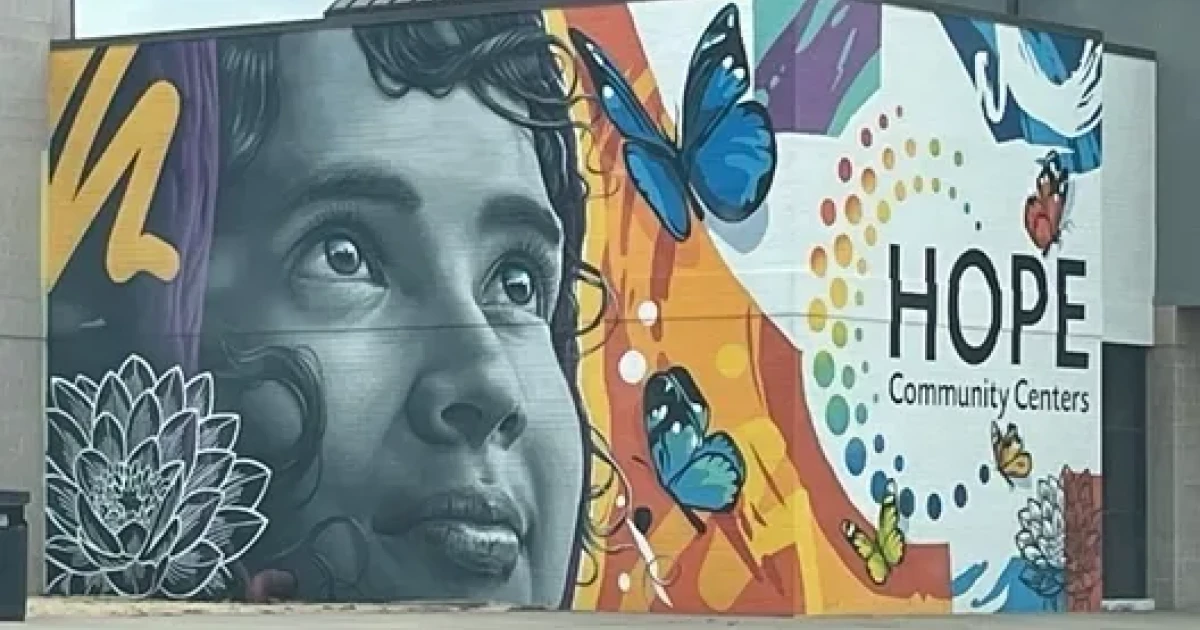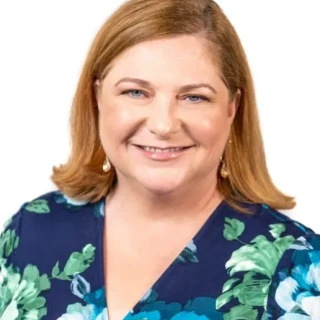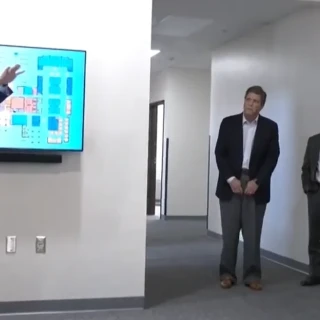Addressing Poverty... (Full Version of Op-Ed)

Recently, I shared thoughts on the work at the Oklahoma Department of Human Services in rebuilding the 'Human Services Distribution Model' in two op-eds in the Tulsa World and the OKC Friday. I wanted to share a little more depth than op-ed space allows, so I posted to this blog for anyone that wanted to hear a little more. Further, some additional context will be posted as it becomes available (TEDx and other resources to come).
Tulsa World Op-Ed (4/21/2022)
---------------------
Addressing poverty is the greatest single opportunity in State of Oklahoma, however because of the scale of the issue, a solution can feel further away than it has ever felt. Poverty is likely the root cause for all of the poor outcomes that we discuss daily, yet because a solution feels so distant we seem to ignore this root cause during the discussion of important policy objectives. It isn’t difficult to point to poverty as a key contributor to poor outcomes in education, criminal justice, child abuse and neglect and other areas of regular focus in our communities, yet our society has seemingly little alignment on a strategy to make meaningful impact much less a solution.
With the core understanding that addressing poverty will alleviate pressure on all of the downstream systems mentioned above, it can’t be ignored that a meaningful improvement in Oklahoma’s 43rd ranking in poverty has the opportunity to not only improve the lives of more than 600,000 of our neighbors but to also unleash a motivated workforce to help the state achieve our aspirational economic goals of creating a diverse, thriving and innovative economy.
Now, please allow me a few minutes to pull you deeper into the weeds as we build the scaffolding for a potential solution.
Recently, I have begun to use an illustration that has been effective in connecting to poverty and that allows for imagining a framework for building a solution. From your childhood, the board game Chutes and Ladders aligns boxes along a game board that represent each of our individual goals. In some situations, a ladder will advance the player multiple levels. In our lives, these ladders can be represented by a new workforce certification, an educational degree, a marriage or a promotion at work. In other situations, a player can hit a chute, represented in life by a catastrophic health emergency, a death in the family, loss of a job or a worldwide pandemic. These chutes can set an individual back decades in their advancement towards their goals, and in many cases they are present due to no fault of the person themselves.
The social safety net as it exists today arguably resembles a one-sized-fits-all approach that sits under the game board, catching people from falling completely off the board but setting them right back at the beginning. It requires a person to fall to a deep level of despair to actively reach out for help from the government. When a proper approach to addressing adverse events should deploy a smaller, more nimble, custom safety net that meets people where they are with strategic interventions that target specific needs instead of a full set of interventions that may address needs that don’t exist. This custom safety net should allow for the system to work in a preventative way, meeting families before they reach crisis, putting them back on the board as close to the space from which they fell as possible.
Deploying strategic resources to replace that person as high as possible on the board is important for a variety of reasons. First, it preserves the dignity of that person that, due to a catastrophic health emergency, may be experiencing a dramatic setback, yet has earned their respective space on the board through prior years of hard work. Second, it is a transformative multi-generational approach, allowing subsequent generations to start from the shoulders of a parent on space ‘43’ rather than one on space ‘3.’ Third, a more strategic approach is more cost efficient for taxpayers and therefore more sustainable.
With this framework and reasoning in mind, moving to a solution allows for policy makers to consider two primary categories of change required to build a custom safety net. Our system is full of resources available to individuals and families that if strategically deployed can help a family to elevate themselves out of poverty. A variety of programs built to help families in need by addressing basic needs like food and housing, combined with well-designed robust educational resources and workforce programs provide opportunities for families to address their current circumstances. The opportunity exists to redesign many of these programs to be complementary of each other. Many of these were launched in different decades with unintentionally developed barriers to entry and benefit’s cliffs that require us to look at family and career success as the targeted outcome.
As our systems evaluate these program modernizations, the current opportunity is for us to rebuild a distribution model that meets customers where they are, instead of requiring them to fall to a certain level of despair to reach out to state government for help. Currently, the Oklahoma Department of Human Services is pioneering a new distribution model that is deploying hundreds of social workers, committed to serving the community to partner locations. Now, instead of having to humble yourself to walk into a DHS office, you can meet a social worker at a hospital, school, homeless shelter or mental health provider. We are meeting our customers where they are, and our community is embracing us a true partners in ways that we have never seen. OKDHS has also built the ‘Community Hope Center’ platform, co-locating services and resources to remove barriers that exist that keep people from engaging consistently in the pathways that are available for them to lift themselves out of poverty. Bringing together workforce programs with resources like on-site child care, food and housing, on-site health and mental health and direct support for workforce coaching and financial literacy is core to the services offered at a Community Hope Center.
Rethinking the resources we provide and the distribution model we deploy in reaching our customers should build a resilient community, poised to address poverty’s devastating impact on our future generations.


